Search
Did you mean: Cicero?
Search Results
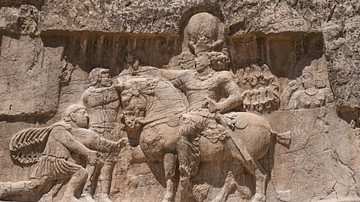
Article
Enemies of Rome in the 3rd Century CE
It has been said that the greatest enemy of Rome was Rome itself, and this is certainly true of the period known as the Crisis of the Third Century (also known as the Imperial Crisis, 235-284 CE). During this time of almost 50 years, over...
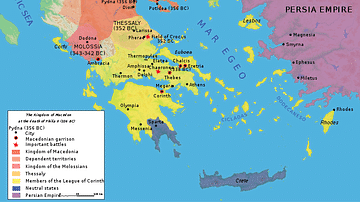
Article
The Hypaspists in Ancient Sources
Hypaspist translitterates the Greek term meaning shield-bearer, or armour-bearer (ὁ ὑπασπιστής). This noun is formed from the verb ὑπασπίζειν - to carry the shield for another; serve as a shieldbearer. The Shieldbearers of the Argead kings...

Image
National Palace, Mexico City
The facade of the National Palace in Mexico City, once seat of the viceroy of New Spain when part of the Spanish Empire.
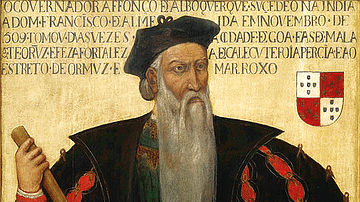
Image
Afonso de Albuquerque
A 16th-century portrait of Afonso de Albuquerque who established the colony of Portuguese Goa in India and who served as the Viceroy of the Estado da India from 1509 to 1515. (National Museum of Ancient Art, Lisbon)

Image
Antonio de Mendoza
Antonio de Mendoza (l. 1495-1552), viceroy of New Spain, oil on canvas painting by an unknown artist.
Salón de Virreyes, National Museum of History, Mexico City.
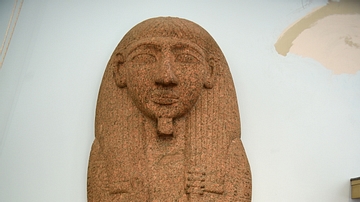
Image
Sarcophagus Lid of Setau
Setau, a viceroy of Nubia for Ramesses II, assumes the pose of Osiris, god of the afterlife. His crossed hands claps a djed (right) and tit (left), symbols of performance and life linked to Osiris and consort Isis. Below, the sky goddess...
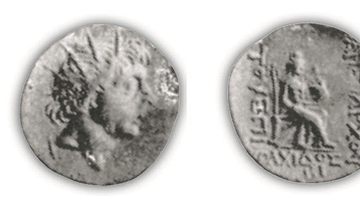
Image
Drachm of Aristarchus the Colchian
Silver. The weights range from 3,2 to 3,7 gr. Obverse: Head of beardless man, diademed and crowned with the rays, right (Helios with Gnaeus Pompejus’ features). Reverse: Tyche seated on a throne, wearing a tall crown, right. Vessel...
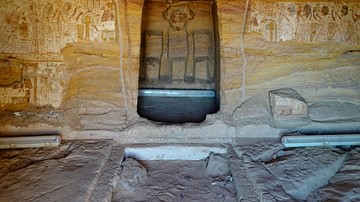
Image
Tomb of Pennut, Egypt
The Tomb of Pennut is a tomb located at the site of New Amada, an archaeological complex containing three ancient Nubian monuments spared from the rising waters of Lake Nasser. Pennut was the viceroy of Kush under Ramesses VI (1143–1136 BCE...

Image
Macehead with the Name of Anum-mutabil
This oval stone mace-head was inscribed with the name of Anum-mutabil (formerly read as Ilum-muttabbil), governor of the Babylonian city Dur-ilu. The cuneiform inscription reads "Ilum-muttabbil, mighty man, favorite of god Istaran, beloved...
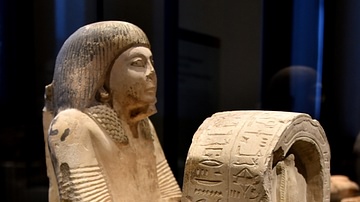
Image
Statue of Setau
Kneeling figure of Setau, Viceroy of Kush, holding a stela (stelophor).Limestone. New Kingdom, 19th Dynasty, reign of Ramesses II, 1279-1213 BCE. Probably from Abydos, Egypt. (The Neues Museum, Berlin, Germany).